On the Embarcadero, SF.
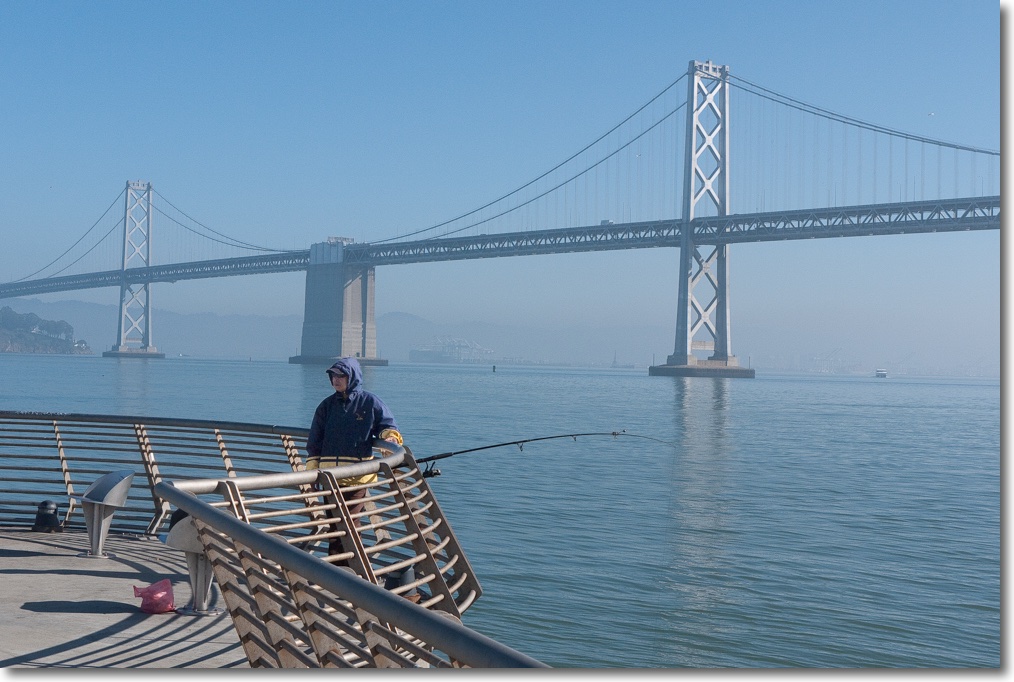
The Oakland Bay Bridge is in the background.
Panny G1, kit lens.
On the Embarcadero, SF.

The Oakland Bay Bridge is in the background.
Panny G1, kit lens.
On the Embarcadero, SF.
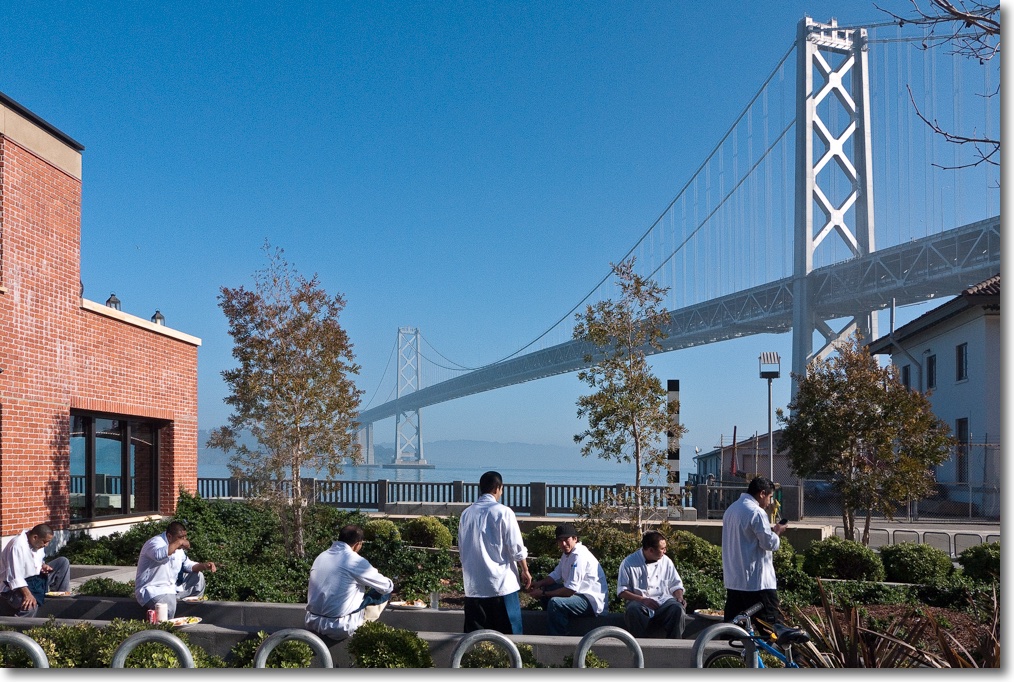
Panny G1, kit lens.
On the Embarcadero, SF.
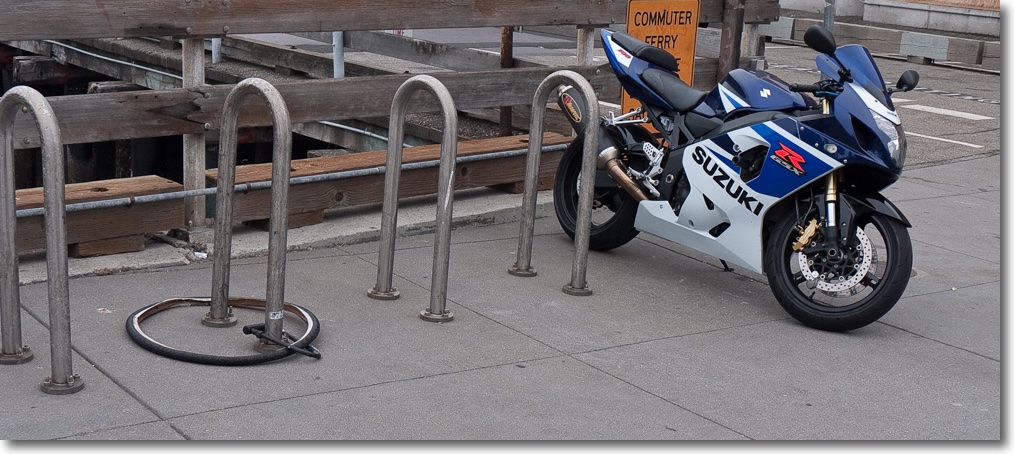
Panny G1, kit lens.
On the Embarcadero, SF.
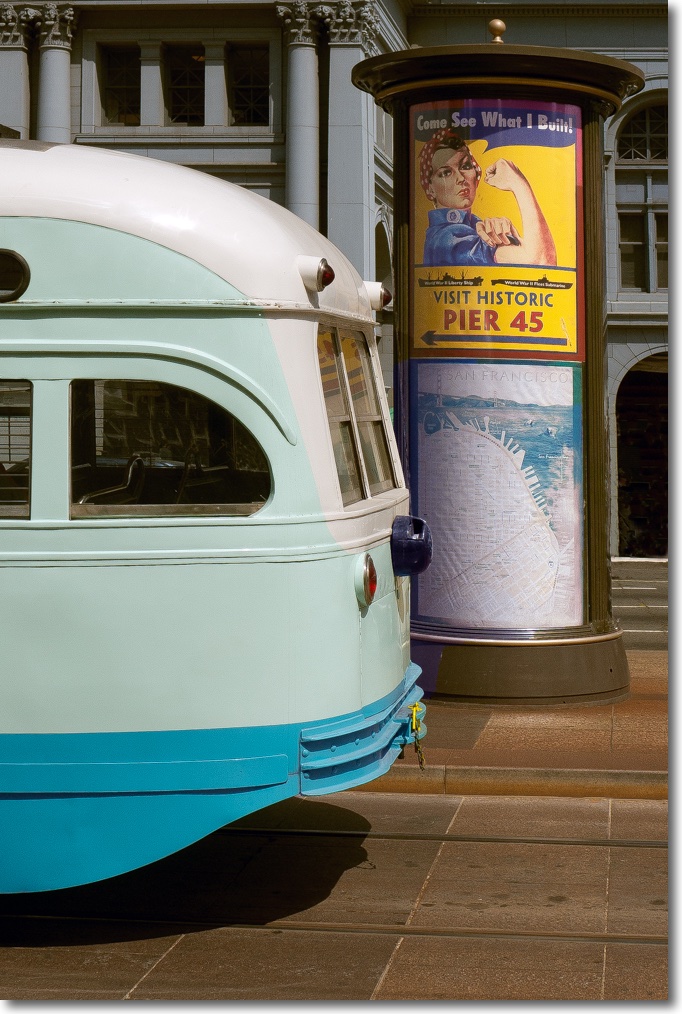
Panny G1, kit lens.
A special visitor.
One of the sublime pleasures of the eight month long summer in southern Arizona is the opportunity it affords to sit out late at night on the patio, wiling away the hours with a favorite movie or two.
Such was my state of repose last night when I felt something brush against my right arm. Looking down, this is what I saw:
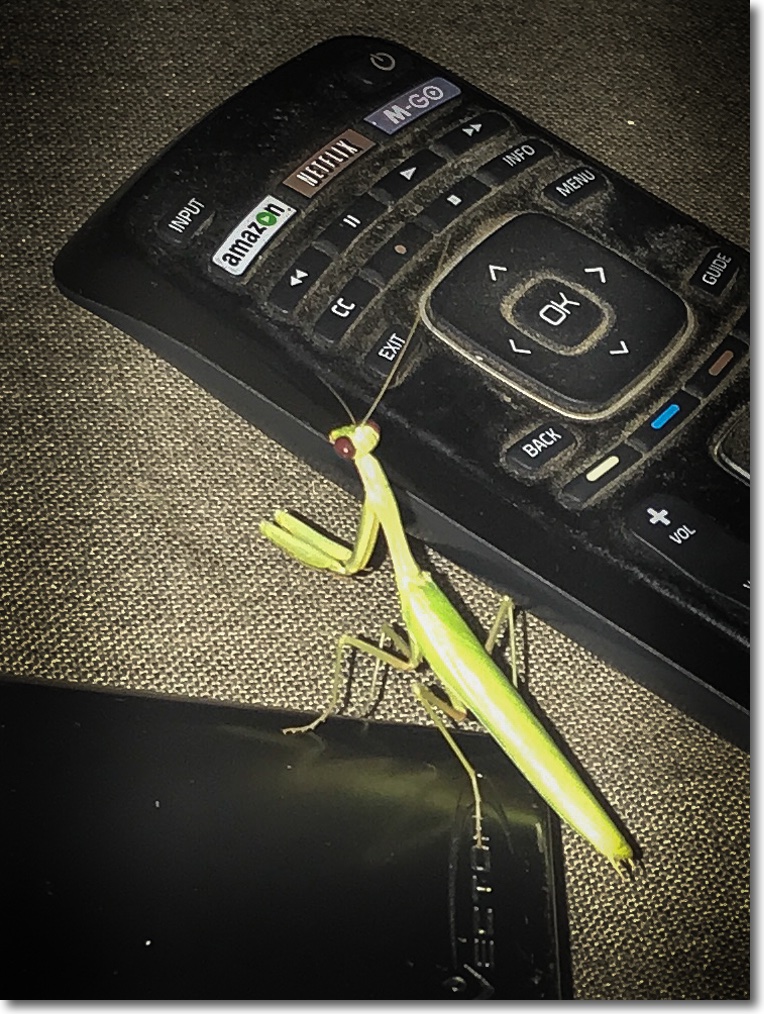
You can read more about this exquisite insect here. And if you thought the human eye was sophisticated, check what that piece has to say about the eye of the mantis.
Always carry a camera …. err, iPhone.
iPhone 7 snap with flash, much enlarged.